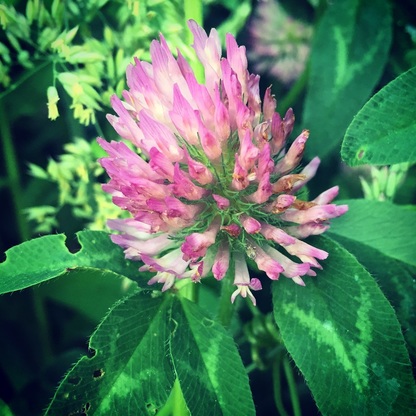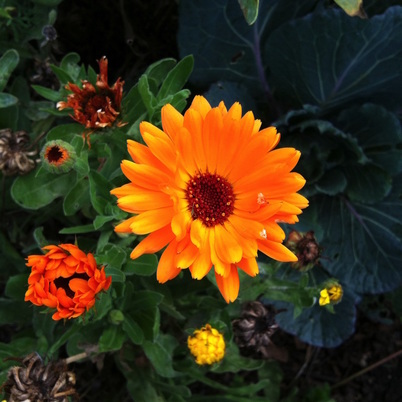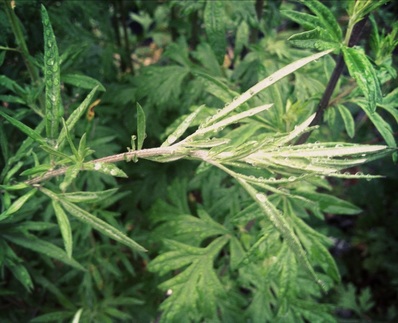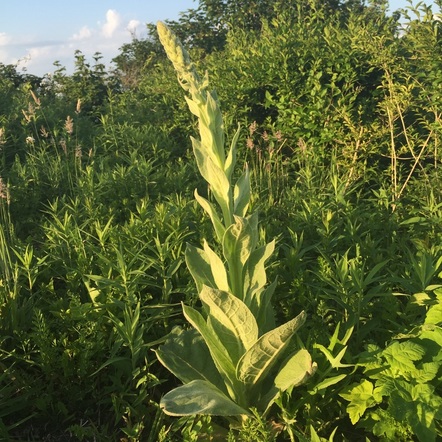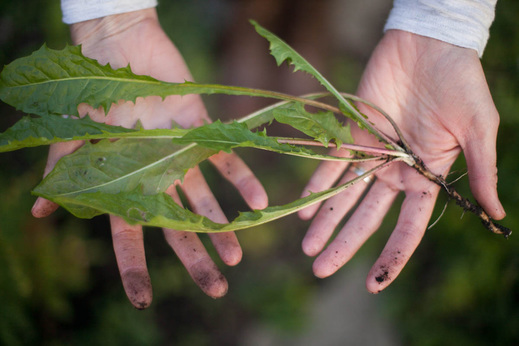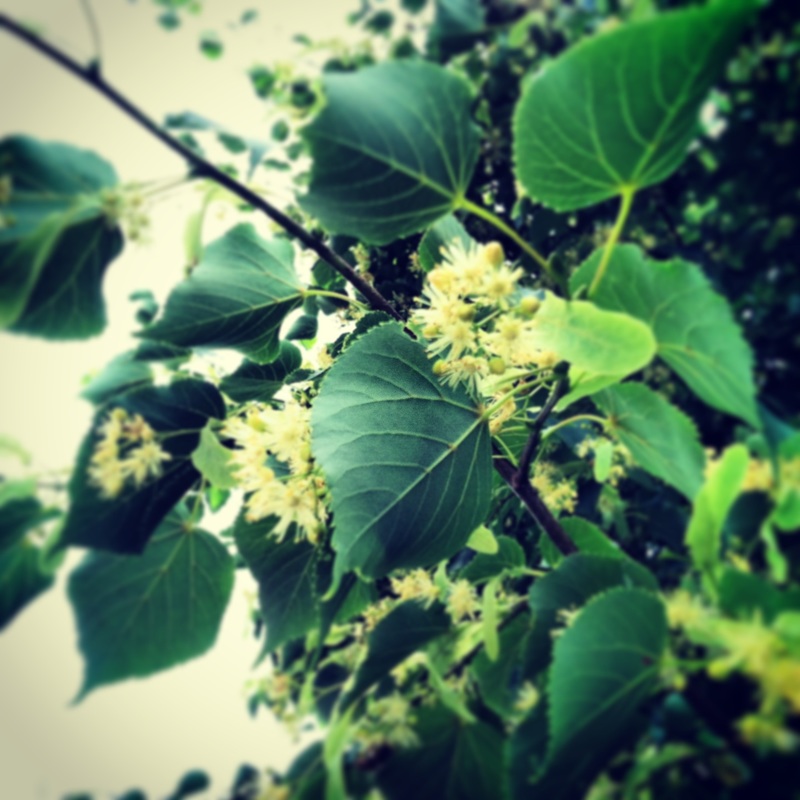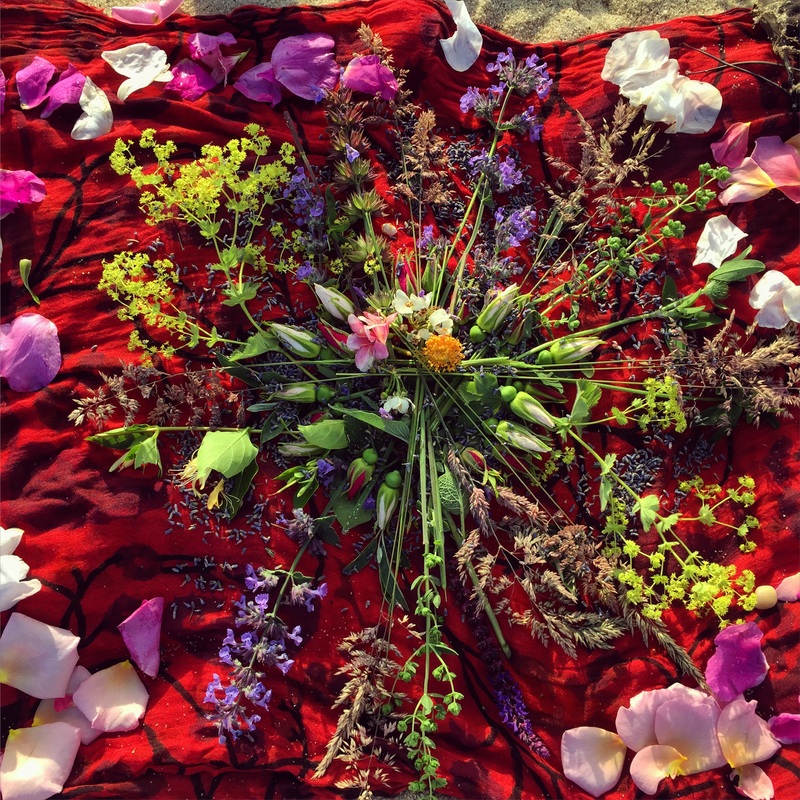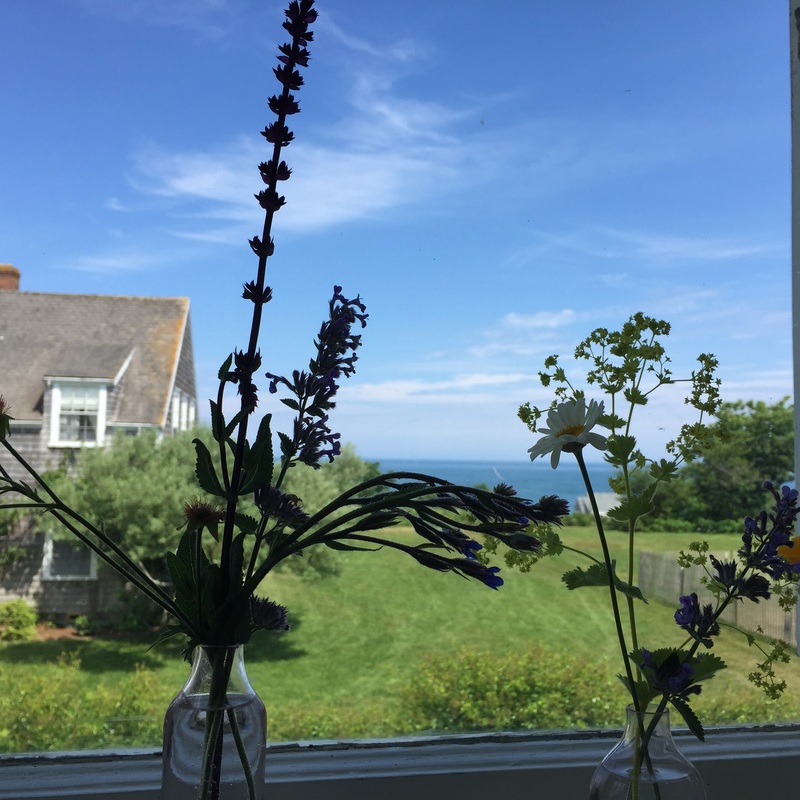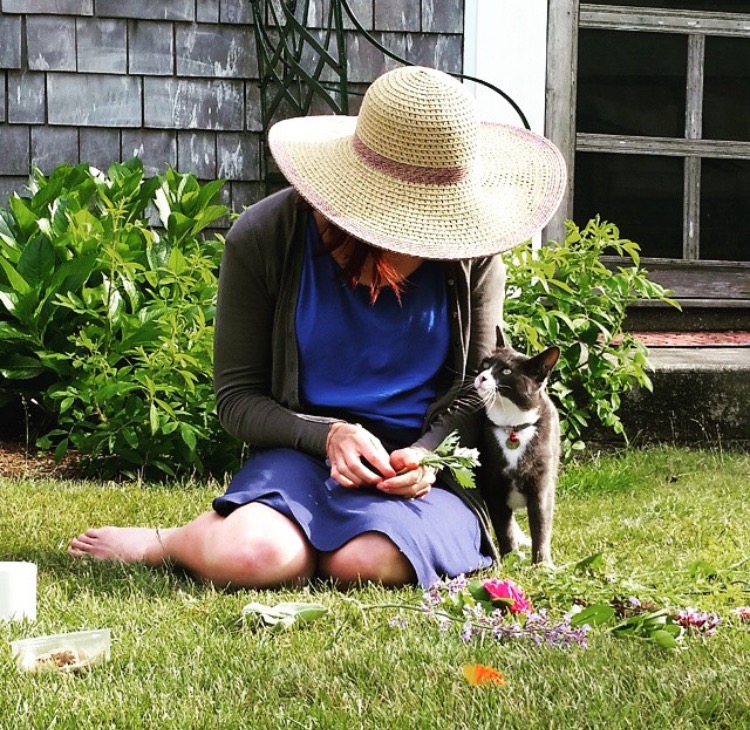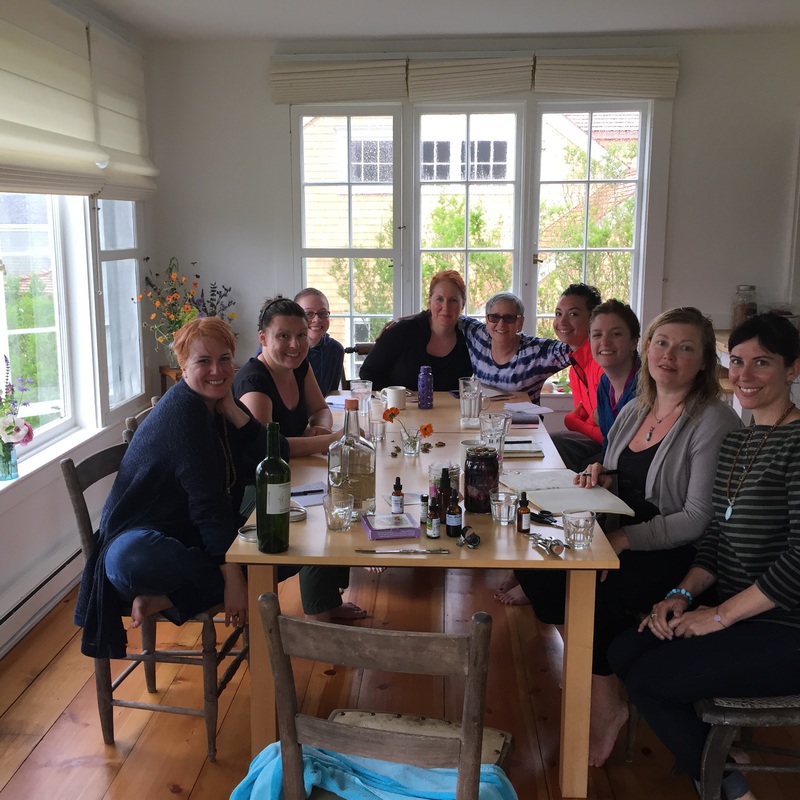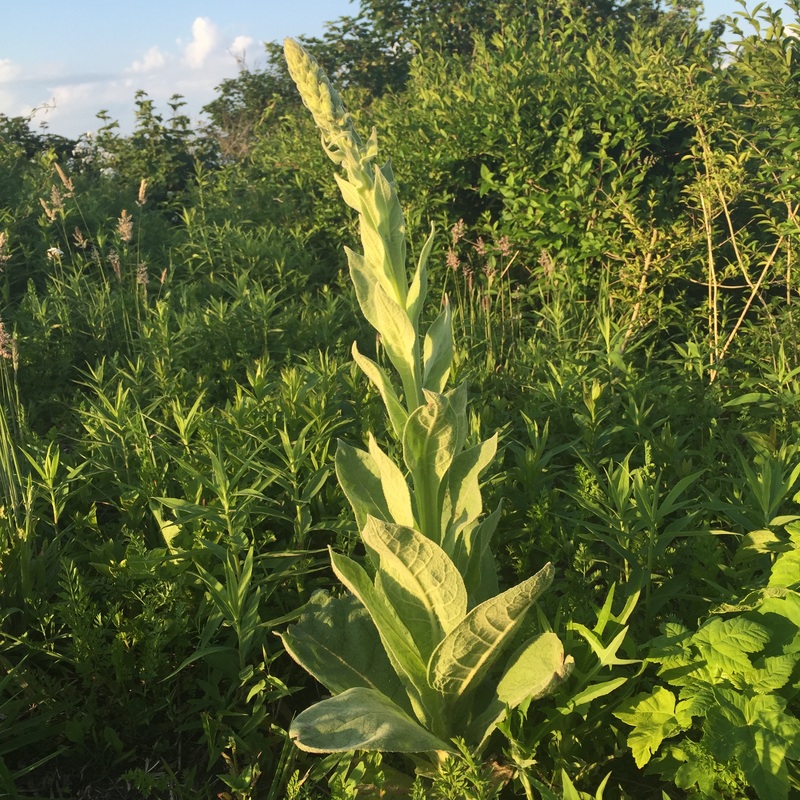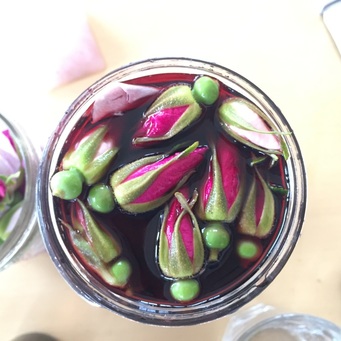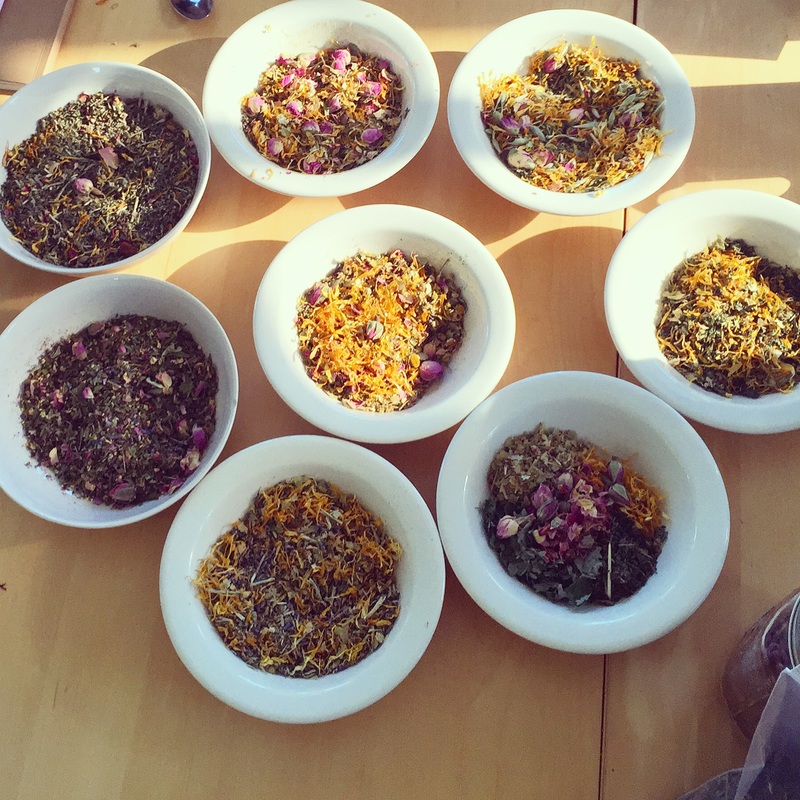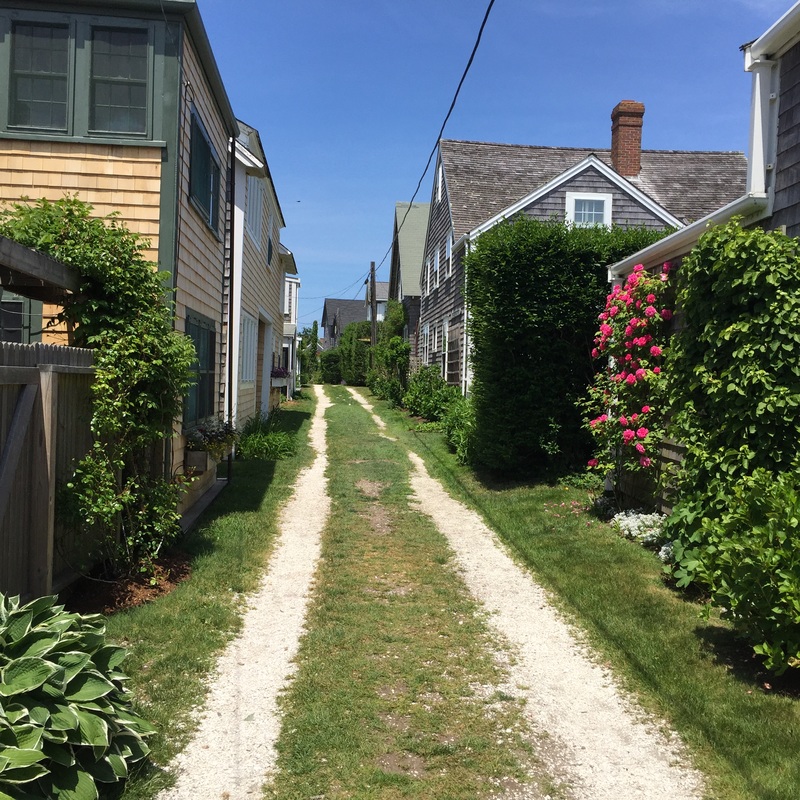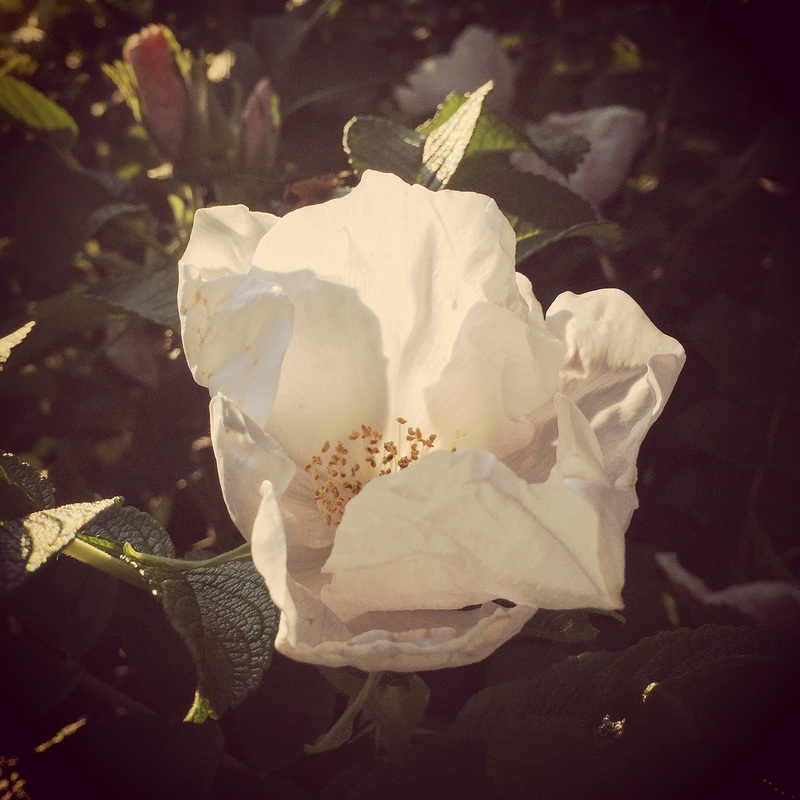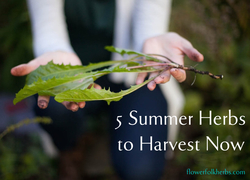 Summer is a busy and a beloved time for any herbalist - the plants are out in full force and it is time to garden, grow, harvest, process and preserve the abundance of fresh herbs for use throughout the rest of the year. It is a time that I always eagerly await, but it is also a season that passes very quickly. Many plants have a short window of time that is optimal for harvesting, and even if I plan on collecting certain herbs, sometimes I don’t get to everything on my list. The rhythm of the seasons is an important teacher, and I always keep in mind the line of poetry, “Gather ye rosebuds while ye may, Old Time is still a-flying….” To help you gather your rosebuds and other delightful plants while they are still in their prime, here is a quick list of five of my favorite herbs to collect and use at this time of year. Take a look around your neighborhood and see if you can spot any of these wild or cultivated beauties: Red Clover blooms abundantly throughout the summertime. Look for flowers that are vibrantly colored, and skip those that look wilted or tired. To dry, place the blossoms on a window screen so that airflow can reach all sides of the flower; also make sure the flowers do not touch one another. Use dried red clover blossoms in nourishing tea blends; it mixes well with other herbs like nettles, burdock or dandelion. Calendula is a prolific garden bloomer throughout the whole growing season, hence it’s name, which relates to its ability to flower in every calendar year (if grown in a warm environment). Collect the flower tops when they are freshly opened, and be sure to keep the resin-filled green sepals which surround the petals. Save dried calendula flowers to throw into your fall and winter soups for an immune-supportive addition. Mugwort can be found growing in disturbed areas and along roadsides (but be sure to avoid collecting near traffic-laden roads.) Clip the tall stalks so that you are harvesting the upper third of the plant. The best time to collect mugwort is right before its very tiny flower buds open. Hang a bundle of the stalks upside down to dry. Use mugwort leaves in bedtime teas to stimulate vivid dreams (really!), or blend with herbs like mint, sage and fennel for a nice digestive tea. Mullein is another wild-growing plant, and one of my favorites. I love spotting its fuzzy leaves and tall, majestic stalks throughout the cityscape. Collect the basal leaves from first or second year plants (mullein is a biennial), or patiently collect the lovely yellow flowers as they emerge. The leaves can be dried on a screen or on brown paper bags and used in an old-fashioned steam to support respiratory health. The flowers are traditionally infused in oil to alleviate ear aches. Dandelion leaves can be collected throughout the growing season. As the summer wears on, the leaves will become more and more bitter, but I find them delicious at any time of year. You can either harvest fresh dandelion leaves to dry and use for tea or you can incorporate them into your food. I love to sautee fresh dandy leaves with some onion as a lovely and nutritious side dish. If you are new to harvesting herbs here are a few tips to get you started:
I hope these tips inspire you to do some of your own herb harvesting this season. I’d love to hear what you are collecting - please be in touch! To learn more, consider joining me in one of my upcoming herbal classes. Happy harvesting! Resources: Medicinal Plants and Herbs (Peterson Field Guides) by S. Foster & James A. Duke Edible Wild Plants (Peterson Field Guides) by Lee Allen Peterson A City Herbal by Maida Silverman Edible and Medicinal Plants by Steve Brill Wild Urban Plants of the Northeast by Peter del Tredici 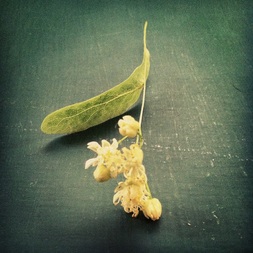 This time of year as you walk around our city streets, you’re very likely to come across a beautiful tree filled with creamy white, fragrant flowers. Its aroma is so gorgeous that it makes both bees and hurried city folk slow down their pace. This tree, which tends to go unnoticed when it's not in flower, is our graceful linden (Tilia americana). We are fortunate to have many lindens in our neighborhood — there are even a few streets named after this beauty. Linden makes for an excellent city tree due to its ability to tolerate pollution and harsh urban environments. In addition, it is also an important food source for bees, a wonderful shade tree, and — with its heart-shaped leaves and delightful flowers — brings beauty wherever it grows. Not surprisingly, linden is one of my favorite herbs to give to people. It has many healing virtues and is also a very safe and gentle remedy for people of all ages and constitutions. In Europe, it was traditionally used in baths for young children before bed to help them have a sound night’s sleep. Stressed-out adults can also benefit immensely from a linden bath. But if a bath is not for you, a cup of linden tea will do the trick. Well-loved for its soothing properties, it is one of the herbalist’s favorite relaxing nervines, meaning that it helps to soothe and calm the nervous system. It truly is useful for any kind of anxiety or tension, whether it manifests as headaches, nervous tension, restlessness, tense muscles, or poor sleep. I mix it into bed-time blends to help people unwind after a long day and prepare for a deep night’s sleep. Even though linden is so gentle, I have personally found it to be a profound herb for anyone needing better sleep. It mixes beautifully with other relaxing herbs such as oats, skullcap or lavender. Linden seems to have an ability to help you feel how tired you truly are, so that you can finally get the sleep you need. 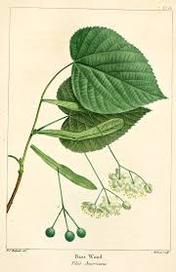 Beyond its wonderful soothing qualities, linden is a plant that supports a healthy heart. As noted above, linden helps to relax us when we are feeling tense, so it has traditionally been used for the emotional causes behind hypertension and heart palpitations. With its supportive, opening and calming properties linden can help to address emotional issues and stress that may manifest as physical imbalances. Linden is also a demulcent herb: high in mucilage it imparts a cooling and soothing quality on dry and irritated tissues. This soothing, anti-inflammatory action works on both our internal tissues and our external skin - you use it as a wash or a compress on itchy or inflamed skin. This beautiful, gentle tree has so much to offer us: from anxiety and stress, to tense hearts and minds, to troubled sleep - it is is a beautiful balm that grows right on our city streets. For the second year in a row, my dearest friend Jenn Pici Falk and I collaborated on a special women's retreat on the isle of Nantucket. It was a beautiful combination of yoga, meditation, and herbalism over the course of four days. In particular, we focused the retreat around our heart centers and how to tap into and open ourselves from this space.
Here are some photos that capture the magic of our time together... |
Categories
All
Archives
January 2022
|
